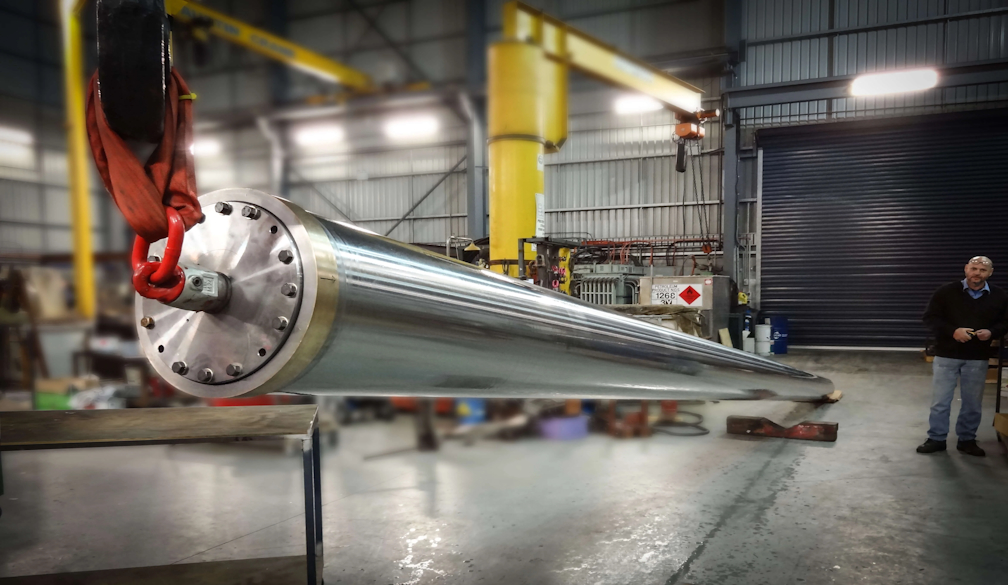Maximizing Ride-On Sweeper Uptime: Maintenance Scheduling

Maintaining ride-on sweepers is vital to ensure uninterrupted operation, in industrial and commercial settings. These machines play a role in keeping facilities safe. To maximize their uptime while being cost effective it's important to have a maintenance schedule. In this article we will explore the significance of scheduling maintenance for ride-on sweepers. Provide a guide on how to optimize their performance.
Understanding Maintenance Scheduling
Ride-on sweepers are like hardworking assets in industries such as manufacturing, warehousing, logistics and construction. They are specifically designed to clean areas by collecting dirt debris and even fine dust. However, like any equipment they need regular maintenance for optimal functionality. Neglecting maintenance can result in breakdowns leading to repairs and downtime. Therefore, having a structured maintenance schedule is crucial.
The Importance of Maintenance Scheduling
Cost Savings
Performing maintenance according to the schedule helps. Address minor issues before they turn into major problems. This proactive approach proves more cost effective compared to waiting for breakdowns to occur before attempting repairs. Unscheduled repairs resulting in downtime can be costly in terms of lost productivity, as emergency repair expenses.
Extending the Lifespan of Equipment
Taking care of ride-on sweepers can significantly increase their longevity. By replacing worn out parts cleaning filters and addressing wear and tear you can ensure that your equipment operates efficiently for a longer period. This approach helps you avoid the expense of replacing sweepers.
Enhancing Safety Measures
Maintaining sweepers properly contributes to an operating environment. Malfunctions or failures can lead to accidents or injuries, in the workplace. Regular maintenance practices help. Rectify safety hazards ensuring an environment for both operators and other personnel.
Ensuring Consistent Performance
Consistency in performance is crucial for maintaining cleanliness in your facility. By keeping your sweeper maintained you can rely on it to consistently deliver the required level of cleanliness thereby enhancing the appearance and safety of your premises.
Components of a Maintenance Schedule
To maximize uptime, for ride-on sweepers it's essential to establish a maintenance schedule that covers all critical components of the machine. Here are key elements to include;
Daily Inspections
Operators should conduct inspections before using the ride-on sweeper. This involves checking for damage, loose parts and any unusual noises. Daily inspections help detect issues and prevent further damage.
Routine Cleaning
Regularly cleaning the ride-on sweeper both inside and out is crucial. It's important to remove dust and debris that can accumulate in parts of the machine as it can affect its performance. Make sure to follow the manufacturers recommendations, for cleaning the filters, brushes and other components.
Lubrication
Proper lubrication of the moving parts is essential in order to reduce friction and minimize wear. It's important to include lubrication tasks in your maintenance schedule and follow the guidelines provided by the manufacturer.
Filter Maintenance
Air and fuel filters are vital for performance of the sweeper. It’s recommended to inspect them and replace them as necessary to maintain airflow and combustion efficiency.
Belt and Brush Replacement
Belts and brushes are components that naturally wear out over time. Keep track of their usage. Replace them according to the manufacturers recommendations in order to ensure sweeping.
Battery Maintenance
If you're using a ride-on sweeper taking care of its battery is crucial. Follow the manufacturers guidelines for charging, watering (if applicable) and overall battery maintenance to extend its lifespan and ensure power output.
Inspection of Hydraulic Systems
For sweepers, with systems make sure to inspect hoses, fittings and connections for any signs of leaks or damage. Address any issues promptly in order to prevent failures.
Record Keeping
Lastly it's important to maintain records of all your maintenance activities for reference.
To maintain a record of your ride-on sweepers maintenance history and plan services it is important to keep track of the date of service, parts that have been replaced and any issues identified during inspections.
Creating a Maintenance Schedule
Here are the steps to create a maintenance schedule, for your ride-on sweeper;
- Consult the manual provided by the manufacturer of your sweeper. This manual usually includes recommendations for maintenance intervals and procedures tailored to your machine.
- Evaluate how frequently you use the sweeper. Heavy usage may require maintenance compared to occasional use. Additionally take into account the conditions in which the sweeper operates as it might necessitate frequent servicing if exposed to harsh conditions.
- Identify components that have an impact on the performance of your sweeper. These components should be serviced frequently than critical parts.
- Based on the manufacturer’s recommendations, usage assessment and prioritization of components develop a maintenance schedule. This schedule should specify when each maintenance task will be performed, who will perform it and what resources are needed.
- Ensure that all operators of the sweeper receive training in maintenance tasks and can conduct inspections effectively.
By following these steps, you can establish a maintenance routine, for your ride-on sweeper while keeping track of its history and planning future services effectively.
To ensure that your ride-on sweeper stays, in condition and continues to perform it is important to consider additional training for more complex maintenance tasks or hiring qualified technicians. It is also crucial to review and adjust your maintenance schedule for effectiveness. This can be done by assessing equipment performance considering changes in usage patterns and staying updated with any manufacturer recommendations or updates.
Conclusion
Maintaining the cleanliness, safety and operational efficiency of ride-on sweepers across industries is vital. By implementing a structured maintenance schedule that includes inspections, routine cleaning, lubrication, filter maintenance, belt and brush replacement, battery care, hydraulic system inspections and thorough record keeping practices; you can ensure that your ride-on sweeper operates optimally for many years to come. Proactively maintaining your equipment not saves costs. Also extends its lifespan while promoting workplace safety. Don't delay; start implementing a maintenance schedule today to enjoy the benefits of sweeper performance.








